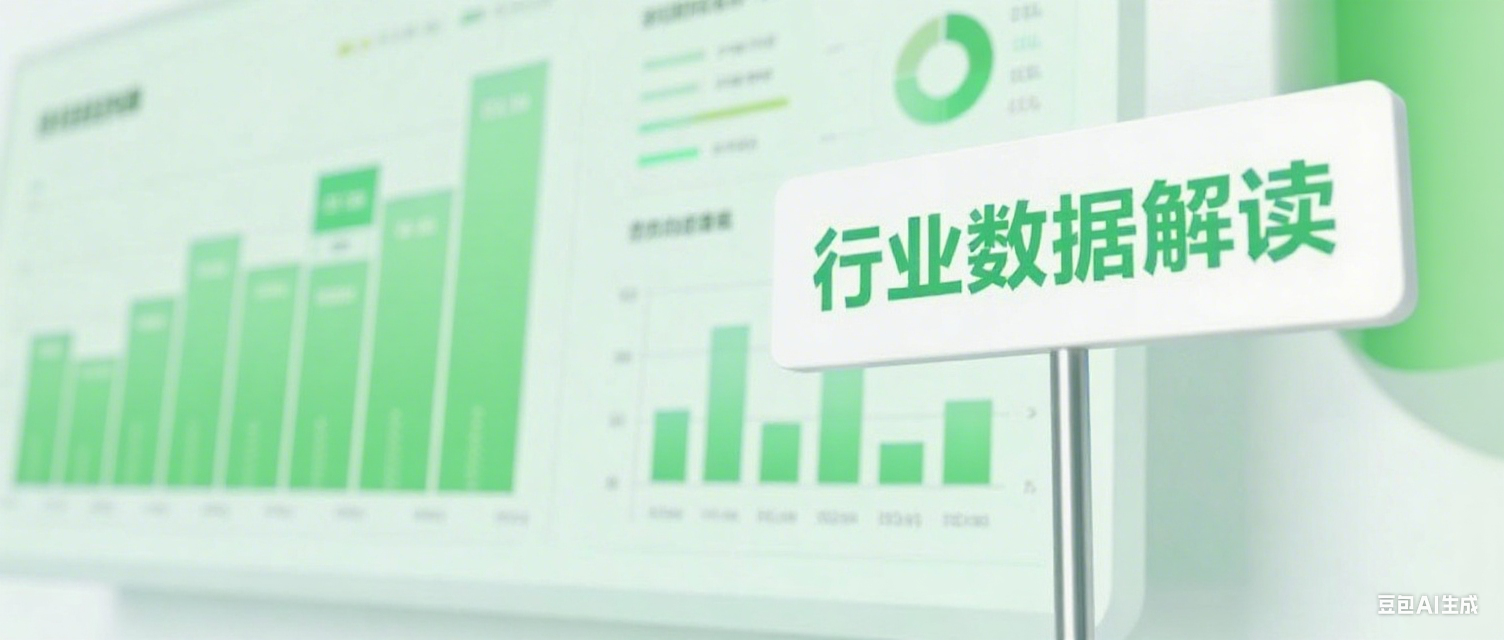
10 Jul
欧盟将取消90%公司的碳进口税
欧盟新设立的50吨免税门槛将使90%的进口商免受碳边境调节机制(CBAM)规则的约束
• 钢铁、铝、水泥等进口产品所涉及的99%二氧化碳排放量仍将纳入机制覆盖范围
• 碳边境调节机制相关进口程序也将同步简化
对欧盟碳边境调节机制(CBAM)的这些修改是简化工作的一部分,旨在减轻中小型企业及偶尔进口商的行政负担。
6月18日,欧洲议会和理事会就碳边境调节机制(CBAM)的修改达成一致。这些修改是2025年2月26日提出的“Omnibus I”简化方案的一部分,该方案旨在简化可持续性和投资领域的现有立法。
共同立法者支持设立新的最低限度进口量门槛,即每年每个进口商进口量在50吨以下的货物将不受碳边境调节机制(CBAM)规则的约束,这一门槛取代了目前对价值微不足道的商品的豁免。新的门槛将使绝大多数(90%)进口商(主要是中小企业和个人)——受益,他们每年进口的CBAM货物数量很少。该机制背后的气候雄心未变,因为来自钢铁、铝、水泥和化肥进口的二氧化碳排放总量的99%仍将受到CBAM的约束。共同立法者还纳入了保障措施,以确保这一比例并防止规避规则的行为。
共同立法者还就简化碳边境调节机制(CBAM)涵盖的进口相关变更达成一致,例如授权流程、排放量计算和核查规则,以及授权的CBAM申报人的财务责任,同时加强了反滥用条款。
协议达成后,报告员Antonio Decaro表示:“CBAM旨在防止碳泄漏,并保护欧洲的水泥、钢铁、铝、化肥、电力和氢工业。我们积极响应企业的呼声,简化流程,豁免90%的商会商品进口商,促进企业竞争力和增长。由于CBAM仍将覆盖二氧化碳排放总量的99%,我们保持了欧盟的环境目标,并继续全力致力于公正的过渡,到2050年实现气候中和。”
这项协议仍需得到议会和理事会的批准,它将在欧盟官方公报公布三天后生效。
欧盟的碳边境调节机制是欧盟用来使在欧盟排放交易体系(ETS)下运营的欧盟产品所支付的碳价与进口商品的碳价相等,并鼓励非欧盟国家提高气候雄心的工具。2026年初,欧盟委员会将评估是否将碳边境调节机制的适用范围扩大到其他ETS涉及的行业,以及如何帮助面临碳泄漏风险的碳边境调节机制产品的出口商。
Read The Original Text:
CBAM: Deal with Council to simplify EU carbon leakage instrument
• New de minimis mass threshold of 50 tonnes will exempt 90% of importers from EU carbon border adjustment mechanism (CBAM) rules
• Climate ambition maintained as 99% of CO2 emissions from iron, steel, aluminium and cement imports will still be covered
• Procedures related to imports covered by CBAM will also be simplified
The changes to the EU carbon border adjustment mechanism (CBAM) are part of simplification efforts to reduce the administrative burden for SMEs and occasional importers.
Parliament and Council today agreed on changes to the CBAM. These changes are part of the “Omnibus I” simplification package presented on 26 February 2025, which aims to simplify existing legislation in the fields of sustainability and investment.
Co-legislators supported a new de minimis mass threshold whereby imports up to 50 tonnes per importer per year will not be subject to CBAM rules. It replaces the current threshold exempting goods of negligible value. The new threshold exempts the vast majority (90%) of importers − mainly small and medium-sized enterprises and individuals − who import only small quantities of CBAM goods. The climate ambition behind the mechanism remains unchanged, as 99% of total CO2 emissions from imports of iron, steel, aluminium, cement and fertilisers will still be covered by the CBAM. The co-legislators included safeguards to ensure this figure and to prevent circumvention of the rules.
Co-legislators also agreed on changes to simplify imports covered by the CBAM such as the authorisation process, the calculation of emissions and verification rules as well as the financial liability of authorised CBAM declarants, while strengthening anti-abuse provisions.
Quote
After the deal, rapporteur Antonio Decaro (S&D, IT) said: “The CBAM is designed to prevent carbon leakage and protect Europe’s cement, iron, steel, aluminium, fertiliser, electricity, and hydrogen industries. We have answered calls from companies to simplify and streamline the process and exempted 90% of importers of CBAM goods to facilitate competitiveness and growth for our businesses. As the CBAM will still cover 99% of total CO2 emissions, we have maintained the EU’s environmental ambitions and remain fully committed to a just transition and to achieve climate neutrality by 2050.”
Next steps
Today’s deal has still to be endorsed by both Parliament and Council. It will enter into force three days after publication in the EU Official Journal.
Background
The EU’s carbon border adjustment mechanism is the EU's tool to equalise the price of carbon paid for EU products operating under the EU emissions trading system (ETS) with that of imported goods, and to encourage greater climate ambition in non-EU countries. In early 2026, the Commission will assess whether to extend the scope of the CBAM to other ETS sectors and how to help exporters of CBAM products at risk of carbon leakage.


 零碳能源证书自愿核证平台
零碳能源证书自愿核证平台
